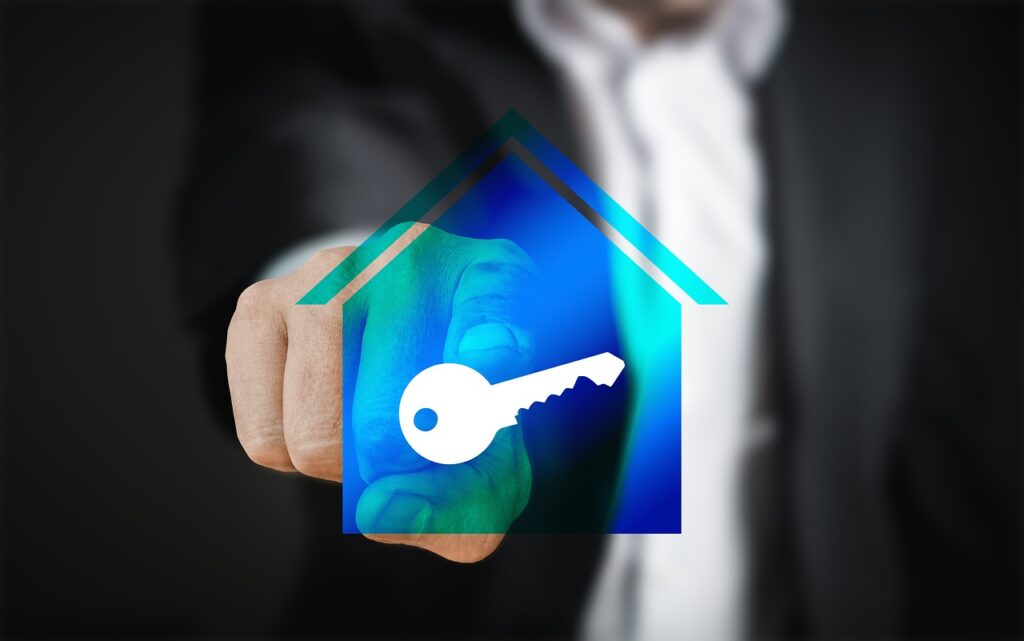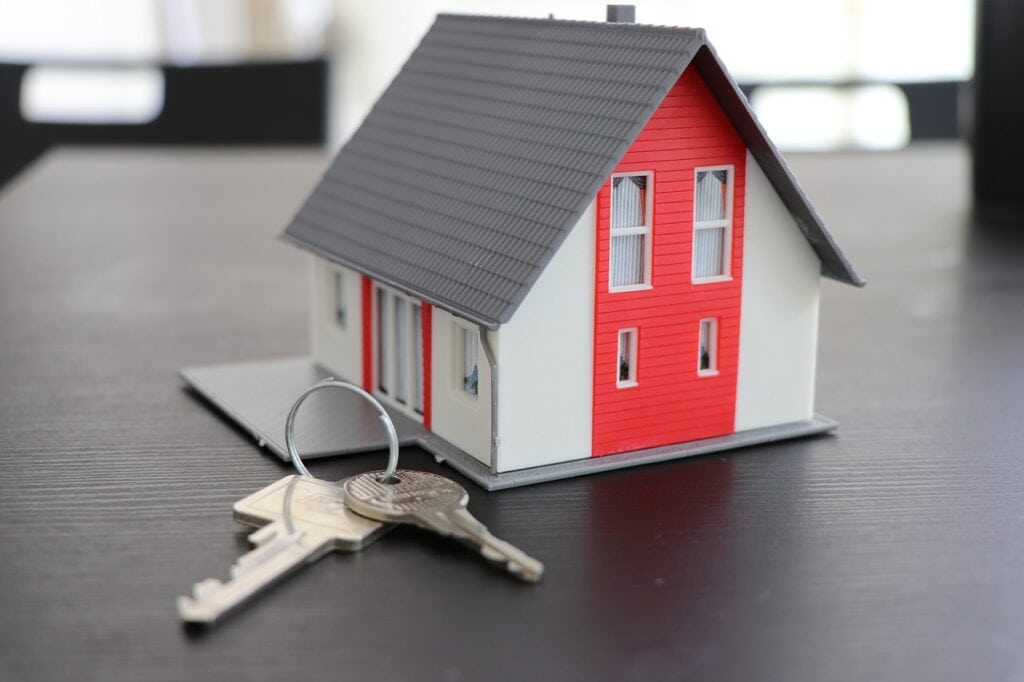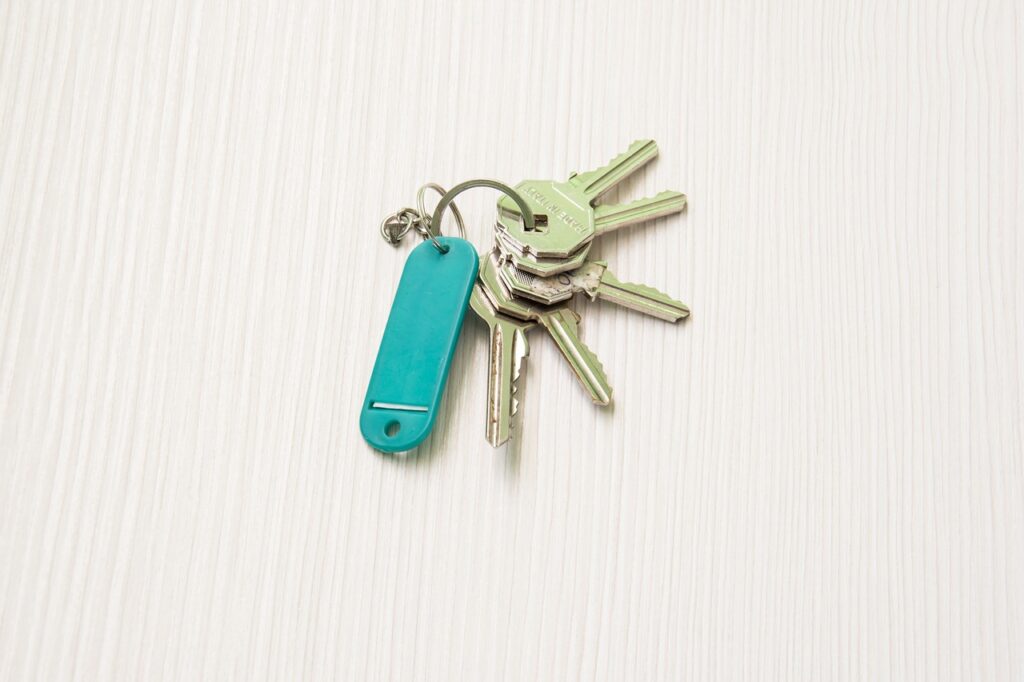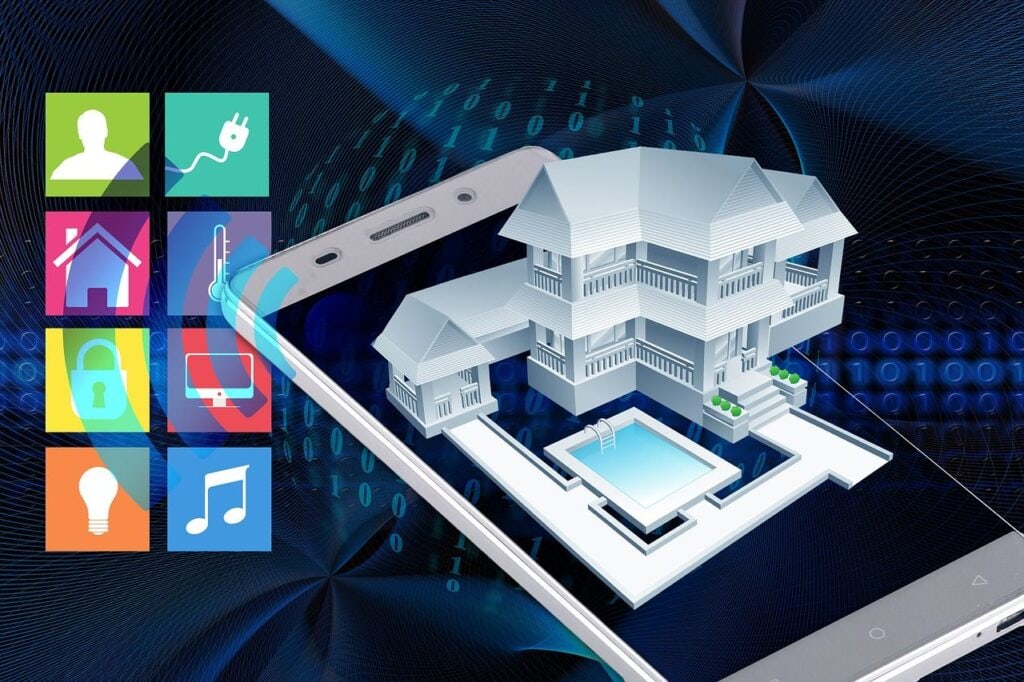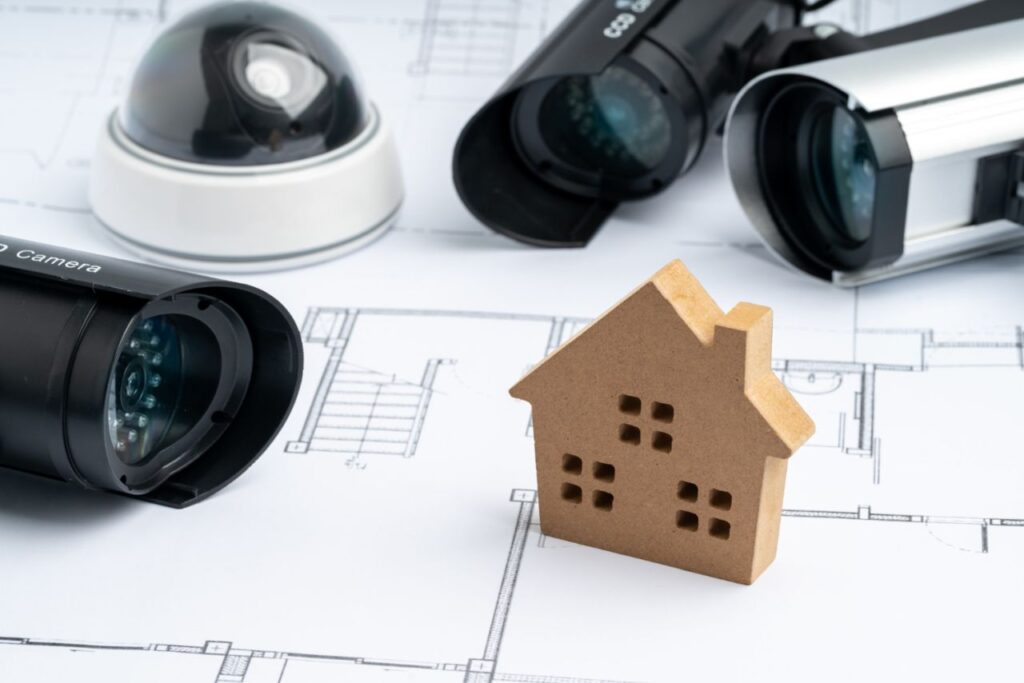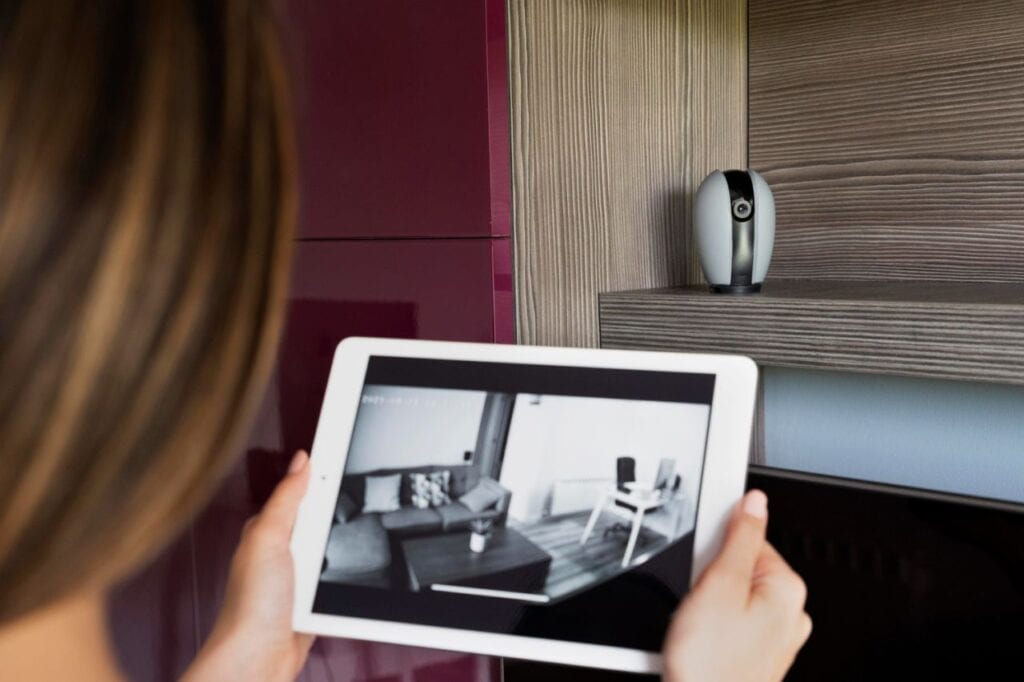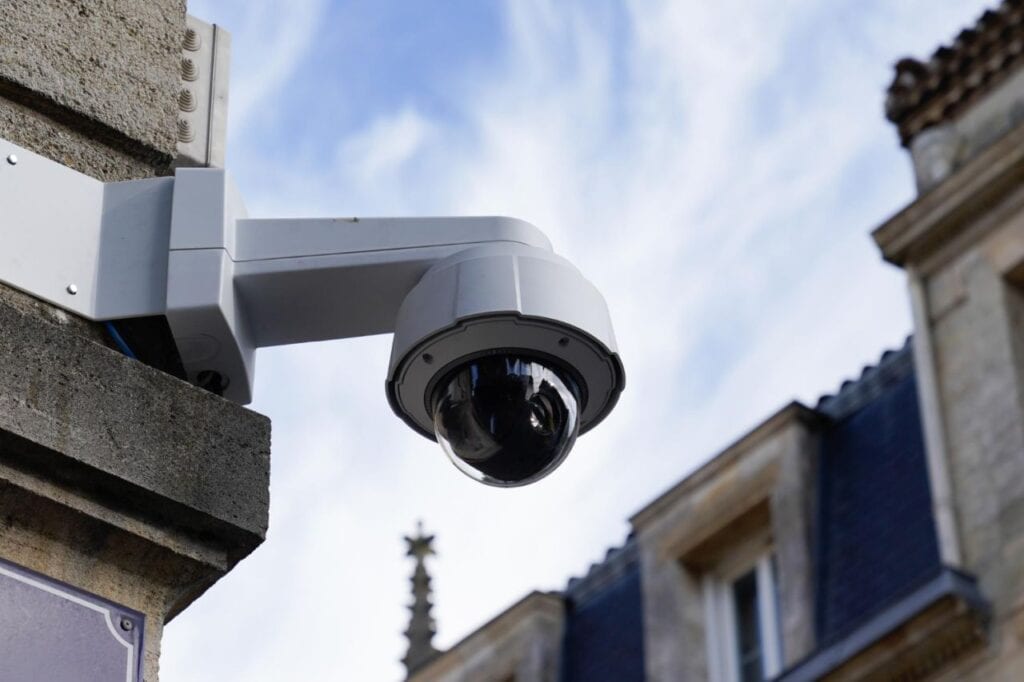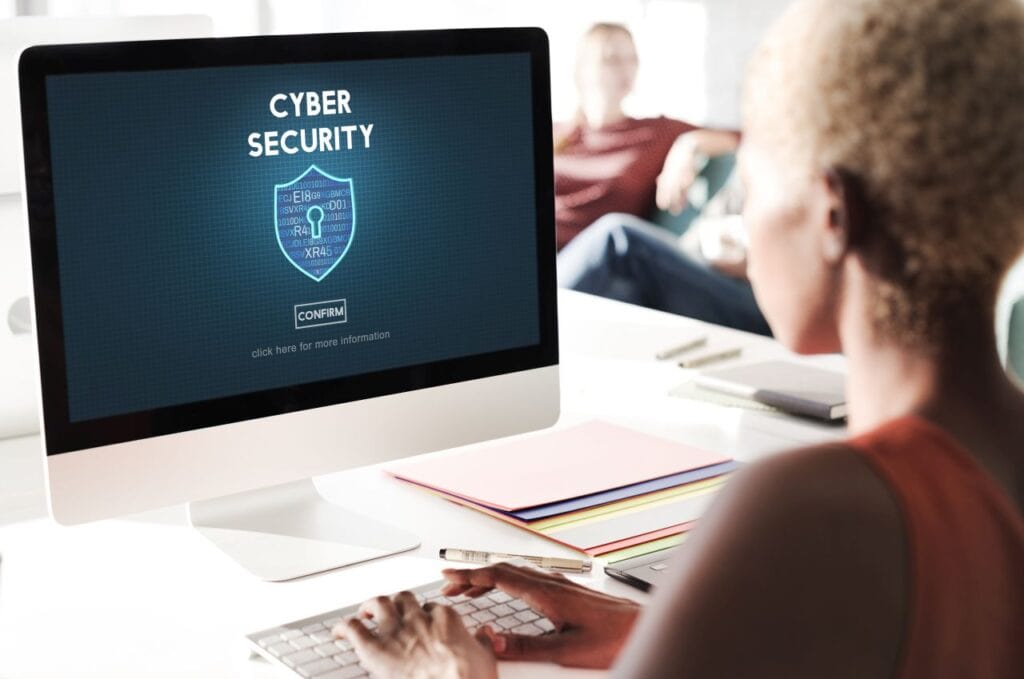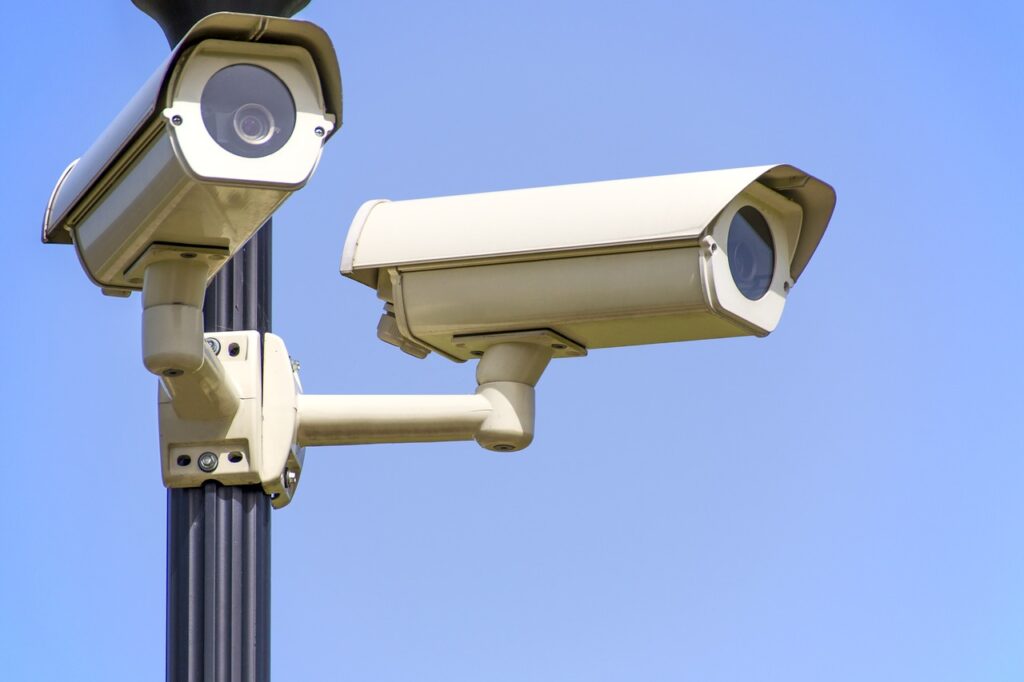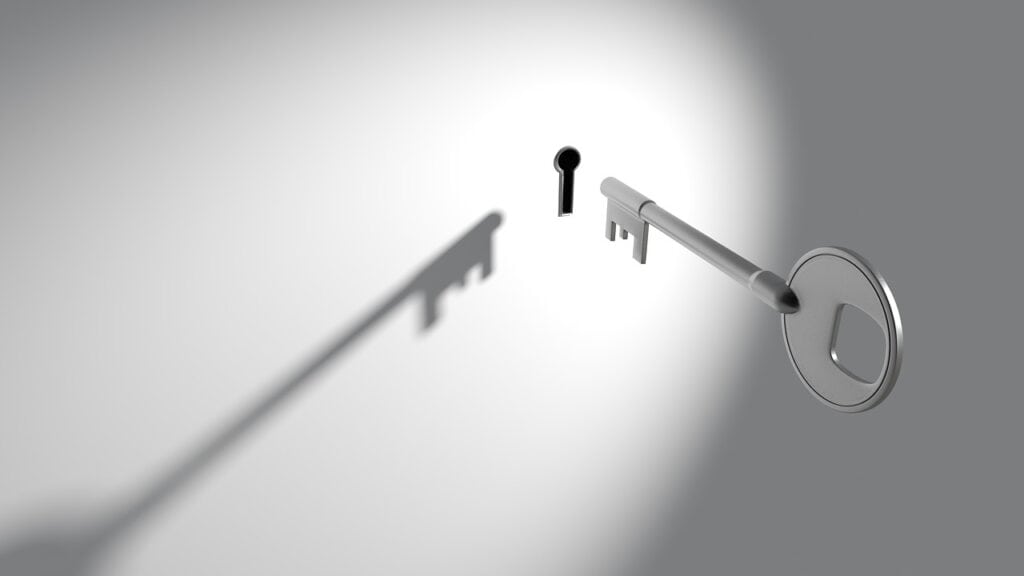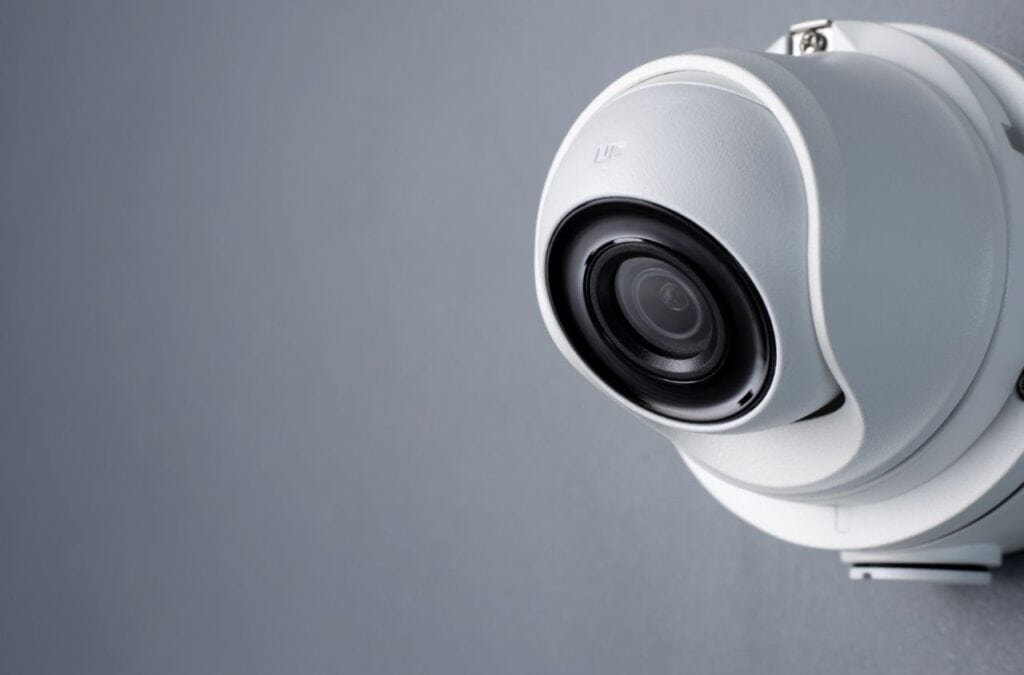Your house ought to be a safe haven for you. You go there to relax and feel safe after a long day. This is often achieved by installing some sort of security system. However, picking on a security system for your house can feel like an overwhelming undertaking. And I stress "IF" since it's conditional on your lack of readiness.
It is important to do your research before purchasing a security system so that you can make an informed decision based on the features, technology, and other considerations of each option. As an added bonus, you may expect to spend less time and energy as well as avoid certain common pitfalls by studying up.
Security system shopping might be difficult, but you don't have to go into it in the dark. This information has been compiled to help you become better informed about home security systems and the considerations you should take into account when making your purchase.
There have been home security systems on the market for a while, but they all have their flaws. Recent technical developments in the field of home security, however, have made possible some excellent new forms of smart home security.
Fortunately, there are numerous tried-and-true methods available for securing your property these days. Home security systems have come a long way in recent years, with many new advancements in areas such as video monitoring and smoke and fire detection. Thus, you can take your family on an extended trip without worrying about abandoning the house.
Smart home security systems allow you to keep an eye on your house even while you're not there. In addition, nearly all smart home owners (nine out of ten) would enthusiastically suggest their devices to friends and family.
However, it's crucial to be aware of the most recent developments in home security equipment before purchasing a high-tech security system.
What Exactly Is a Home Security System?
Home security systems aid in protecting a home by utilising a variety of security sensors, including but not limited to gateway sensors, motion sensor systems, a central hub, and security cameras. When you have expert monitoring, the device will alarm you whenever a burglar enters the residence, and the monitoring station will be notified.
Among the many parts of a security system are:
Sensors at the Door
You can also refer to them as window and door sensors, and they form the backbone of any reliable home security system. If a window or door is opened while the alarm is activated, a warning is given. This serves two purposes: it warns the homeowner of an intrusion and it discourages potential offenders.
The magnet and the sensor in a door sensor are sold separately. When brought together, the two parts generate a magnetic field. However, the magnetic field is disrupted when the window or door they are connected to opens, and the sensor sends a signal to the base station, activating the siren.
The DIY-inclined homeowner is a prime market for many available technologies. All you need are some adhesives or velcro to set up the entryway sensors and follow the simple instructions provided in these do-it-yourself systems. In the event that any of the sensors are tripped, the homeowner will receive a push notification on their smartphone.
The state of an entry sensor can trigger predetermined actions in some systems. For instance, when a door is opened, the hub can send a signal to activate smart lighting. The user can also buy additional entry sensors to cover all the windows and doors in the house. Every door and window on the ground floor should have an entrance sensor installed, and those on upper floors should be easily accessible.

Security Cameras
Cameras are installed both inside and outside the house to monitor the area around the clock. As soon as something is detected, the homeowner can check the footage from their many cameras. Some criminals can be deterred by the mere presence of a camera.
There are two recording options available on modern cameras: continuous and motion activated. In either case, they capture footage and notify you in real time. If the pizza man or a porch pirate is at your door, you will know immediately who it is.
High-definition (HD) video and still images, mobile access via live-streaming, two-way audio, pan and tilt capabilities, and more are all features you should expect from the top cameras.
Some cameras can be integrated with smart home systems. Users can specify numerous restrictions, such as always recording at 3 o'clock to check in on the kids after school.
Motion Sensors
When there is movement inside the house, an alarm can go off and/or mobile alerts can be sent. You should use them as an extra safeguard.
When their invisible light or laser is broken, these gadgets trigger an alarm. Infrared technology is used by several motion detectors, allowing them to detect human bodies. PIR sensors are a type of motion detector that only go off when they detect an object's heat signature, making them less likely to give false positives.
In order to reduce the number of false alarms, the top motion detectors are able to tell the difference between humans and animals. Facial recognition software is included in some of them, especially those used in conjunction with surveillance cameras. Once someone detects motion, others can turn on the floodlights.
In some cases, motion sensors may be placed in home automation ecosystems and programmed to carry out a variety of tasks.
Doorbell Cameras
Video doorbells are a deterrent to package thieves and intruders, and they also serve as a deterrent to unwanted visitors. There are a variety of doorbell cameras that allow you to see and talk to visitors and friends at your front door from anywhere in the world. Some residents have even utilised them to catch car thieves with the help of their neighbours. The rising rate of car theft makes this technology increasingly appealing.
Simple do-it-yourself video doorbells can take the place of your regular bell. The devices come equipped with a mini-camera that can be used to record activities and take still photos that can be viewed and shared online. Also, it can be used as a doorbell.
The ability to remotely access, monitor, and operate the doorbell camera from a smartphone app is arguably the most desirable feature. High-definition (HD) video recording, cloud-based data storage, night vision, two-way audio, and more are among the additional options.
Some doorbell video cameras, like those used for home security, can be connected to home automation systems for more streamlined (and clever!) management.
8 Significant Advances in Home Security Technology
Intelligent Motion Detectors
While motion detectors are standard in most home security systems, integrated surveillance systems are increasingly incorporating non-visual sensors. All of these things:
- Techniques for advanced sound detection
- Glass break detectors with advanced technology
- Sensor-based microphones Radars
Radar technology is often used in sophisticated home security systems. Conventional motion sensors utilise infrared light to detect motion, but radar motion sensors use electromagnetic technology.
Smart Audio Sensors
The best home security systems integrate video and audio sensors to create intelligent monitoring systems. Businesses are taking advantage of developments in home security technology, such as embedded microphones with cutting-edge audio sensing capabilities, to instal more and better CCTV cameras.
Creative algorithms are used in state-of-the-art camera-microphone surveillance systems to identify specific sounds, such as glass breaking, explosions, or gunshots. These intelligent audio sensors record video or send an alert to central monitoring stations when certain sounds are detected.
With the use of audio analytics, surveillance systems with high-tech microphones can identify potentially dangerous situations and immediately notify guards.
Smart Body Heat Detectors
Intelligent heat and motion sensors can identify human presence and trigger alarms. There's a reason they're called "smart" body heat detectors; you can't trick them by moving slowly or covering up.
These smart heat detectors are able to recognise the difference between people and other animals. They are versatile enough to be used as a security measure both inside and outside the house. In addition, these sensors are highly adept at picking up body heat in any climate.
Advanced Mobile Integration
In the last few years, home security systems that integrate with mobile devices have grown increasingly common. More sophisticated home security systems are now more accessible than ever thanks to mobile app integration.
The technology to remotely monitor and even manage a home security system via a mobile device has been available for some time. However, nowadays, many home security companies include features like alarm triggers or panic buttons to enhance their residential security systems more effectively and reliably.
High-Definition Videos
High-definition CCTV cameras are a highly sought after technical advancement for home protection. Better and clear, sharper, and more comprehensive surveillance footage can be obtained from high-resolution home surveillance cameras.
CCTV cameras have upgraded from 480p to 720p and 1080p as a result of the introduction of digital cameras to the residential surveillance systems market. Recently, 4k Ultra HD footage has become available from several high-end CCTV cameras.
When combined with audio-video analytics, increased storage capacity, and remote monitoring, these Ultra HD cameras can produce highly effective forms of surveillance.
High-Efficiency Infrared LED
Most security cameras include night vision, but the quality of the image is still subpar. As a result, spotting criminals is more challenging. High-powered infrared LED allow security cameras to capture clear video day or night. The smart security cameras even transmit photos to your phone if something interesting happens.
Predictive Analytics and Machine Learning
The role of home security systems is evolving drastically as a result of the rise of predictive modeling and machine learning. Machine learning algorithms are being used by the home security industry to improve the reliability and effectiveness of their products.
This machine learning-based home security features include:
- Prediction of behaviour
- Preventing Unnecessary Alarms
- A method for predicting potential incidents
- Locating Suspects
Machine learning plus predictive analytics have accelerated the progress of home security technology, leading to increasingly precise monitoring.
Smart Locks
The days of dispersing your keys around the house are over; Bluetooth and Wi-Fi enabled smart locks can do the job for you. Furthermore, a smartphone app allows you to check the locks remotely. Most smart home owners (76%) also use their smartphones to operate their gadgets. When it's too cold to get out of bed on a winter morning, just tell Google Assistant to lock all of the doors in the house. When you have unexpected visitors, you can either give them a new password or let them in by remote control.
Why Do You Need a Home Security System?
Protecting your house and family from intruders, fire, and other hazards like bursting pipes is the primary goal of installing a home security system. This is done automatically by professional monitoring services, whether or not you are aware of the issue, and they can also assist in the event of a medical emergency.
While the upfront cost of a security system may seem high, consider that the average price of a burglary in 2019 was $2,661 per victim, not including the emotional toll it can take.
Stickers, lawn signs, and outside video surveillance cameras are all effective deterrents against burglars since they make it obvious that the property is protected. Almost two-thirds of burglars put in less than 24 hours of planning time before attempting a break-in. Furthermore, 83% looked for alarm signs first, as well as more than half stated they will give that up if they spotted one.
When you instal a home security system, you can rest easy knowing that your house is safe even when you're not there to keep an eye on things. The internet connectivity of today's wireless security systems makes it possible to monitor your system from any location.
The added expense of a security system can be rationalised by the added convenience and reduced energy use provided by today's home automation features, which are standard in most security systems. Smart door locks plus linked garage door openers provide a safe method to let guests into your home, while internet-connected lighting and thermostats can automatically adjust to save power when the security system is armed.
Conclusion
It's not necessary to go into the process of purchasing a security system blind. Security systems with smart technology allow you to monitor your home even when you're not there. With professional monitoring, you will be notified immediately if a burglar breaks into your home.
Many current technologies find a ready market in the do-it-yourself homeowner. At the very least, you should put in an entry sensor on every window and door on the first floor.
The property is monitored around the clock by cameras located both inside and outside the home. Some criminals will think twice before breaking the law if they see a camera. As a deterrent against package thieves and potential intruders, video doorbells are a great investment.
A few locals have even used them to help identify car thieves among their neighbours. When integrated into a home's automation system, motion sensors can be set to activate predetermined actions, such as turning on the lights in the event of an emergency.
Some varieties of video doorbells are compatible with home automation systems, allowing for smarter, more streamlined administration. When certain sounds are detected, smart audio sensors can either record video or send an alert to command centres. The presence of a human being can be detected by motion and body heat sensors, which can then set off alarms. These days, it's not uncommon to find a home security system that can sync up with a user's smartphone. The installation of high-definition CCTV cameras has become a popular choice for home security.
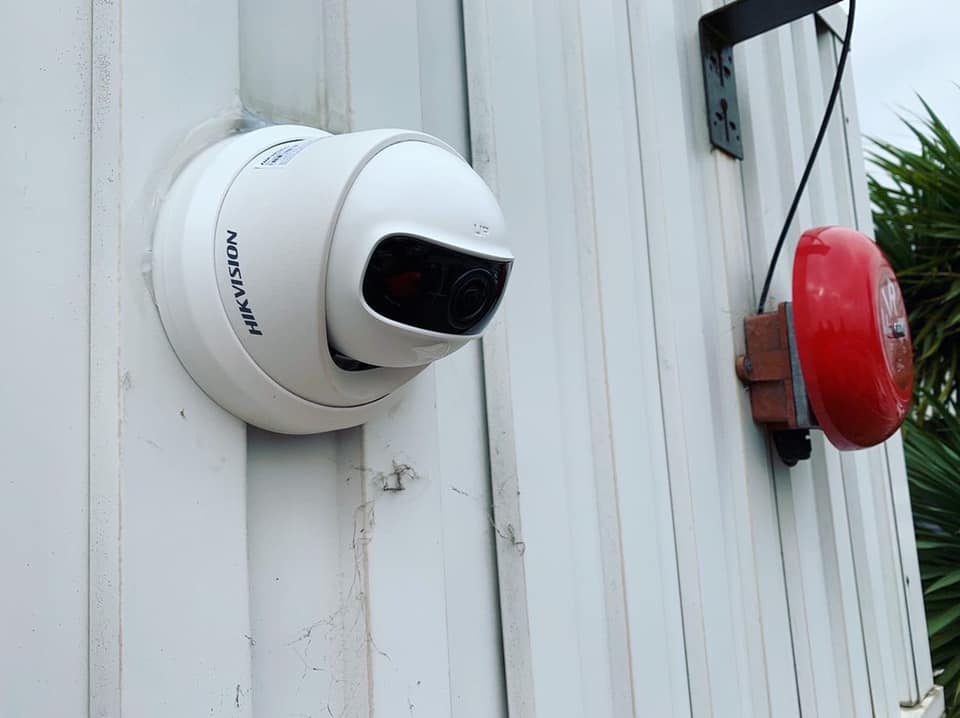
Content Summary
- However, picking on a security system for your house can feel like an overwhelming undertaking.
- It is important to do your research before purchasing a security system so that you can make an informed decision based on the features, technology, and other considerations of each option.
- It's crucial to be aware of the most recent developments in home security equipment before purchasing a high-tech security system.
- You can also refer to them as window and door sensors, and they form the backbone of any reliable home security system.
- The magnet and the sensor in a door sensor are sold separately.
- The state of an entry sensor can trigger predetermined actions in some systems.
- The user can also buy additional entry sensors to cover all the windows and doors in the house.
- Some cameras can be integrated with smart home systems.
- Infrared technology is used by several motion detectors, allowing them to detect human bodies.
- In some cases, motion sensors may be placed in home automation ecosystems and programmed to carry out a variety of tasks.
- Simple do-it-yourself video doorbells can take the place of your regular bell.
- The ability to remotely access, monitor, and operate the doorbell camera from a smartphone app is arguably the most desirable feature.
- Some doorbell video cameras, like those used for home security, can be connected to home automation systems for more streamlined.
- While motion detectors are standard in most home security systems, integrated surveillance systems are increasingly incorporating non-visual sensors.
- The best home security systems integrate video and audio sensors to create intelligent monitoring systems.
- Businesses are taking advantage of developments in home security technology, such as embedded microphones with cutting-edge audio sensing capabilities, to instal more and better CCTV cameras.
- Intelligent heat and motion sensors can identify human presence and trigger alarms.
- These smart heat detectors are able to recognise the difference between people and other animals.
- The technology to remotely monitor and even manage a home security system via a mobile device has been available for some time.
- Better and clear, sharper, and more comprehensive surveillance footage can be obtained from high-resolution home surveillance cameras.
- Recently, 4k Ultra HD footage has become available from several high-end CCTV cameras.
- The role of home security systems is evolving drastically as a result of the rise of predictive modeling and machine learning.
- Protecting your house and family from intruders, fire, and other hazards like bursting pipes is the primary goal of installing a home security system.
- Smart door locks plus linked garage door openers provide a safe method to let guests into your home, while internet-connected lighting and thermostats can automatically adjust to save power when the security system is armed.
FAQs About Home Security System
What should a home security system include?
Sensors, control panels, door or window sensors, floodlights, doorbells, and cameras are all standard components of any comprehensive home security system. All of these measures taken together will make a house as secure as possible.
What is the purpose of a home security system?
A home security system's primary function is to ensure the safety of the home's inhabitants. Theft, home invasion, fire, flood, and other natural or man-made disasters are all potential sources of harm. All of these can usually be tracked by a home security system.
Do security systems work when the power is out?
As long as they are landline or cellular-based and have a battery backup, security systems will continue to function even if the power goes out.
What is the most important feature of a security system?
A variety of security sensors are available, but motion detectors are a must for any comprehensive system. An alarm will go off if a motion detector detects any motion within range.
What is the most important home security measure?
A window or door that hasn't been locked is an easy target for burglars. It's a good idea to always lock them, even when you're home. Be sure all doors and windows on the ground floor are locked before you leave the house.



